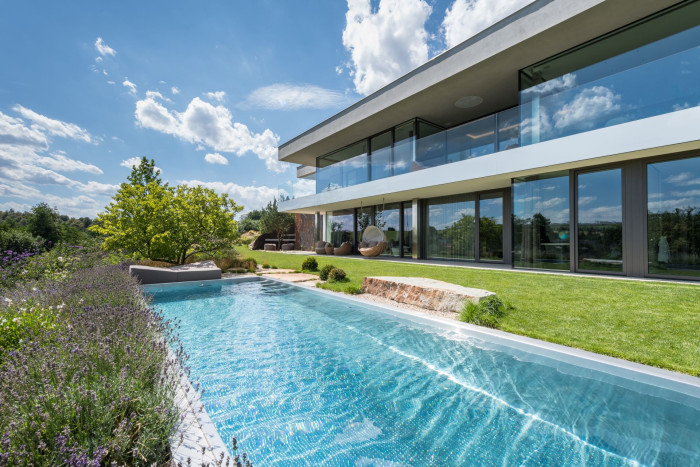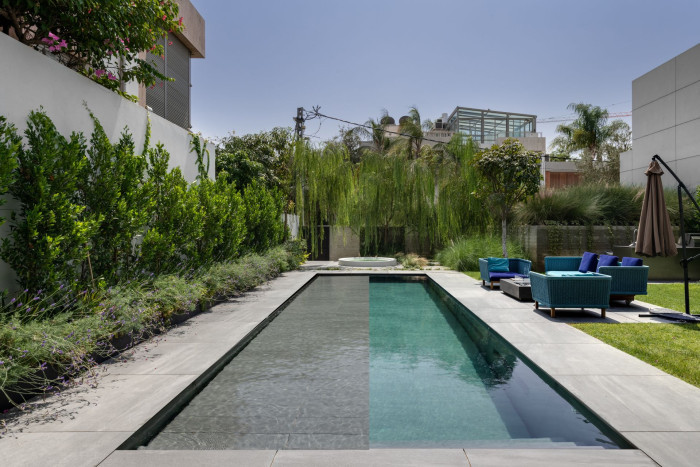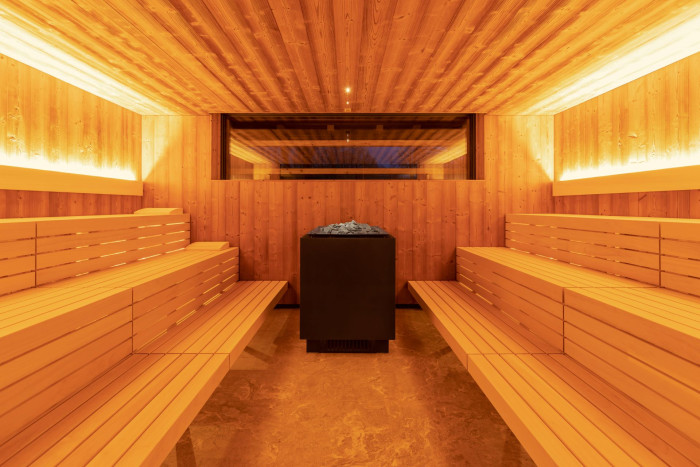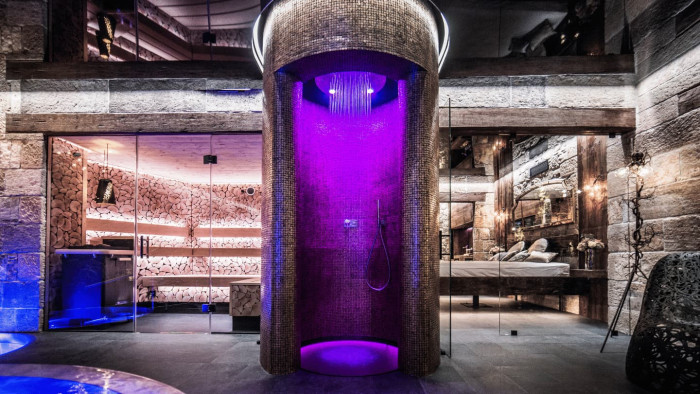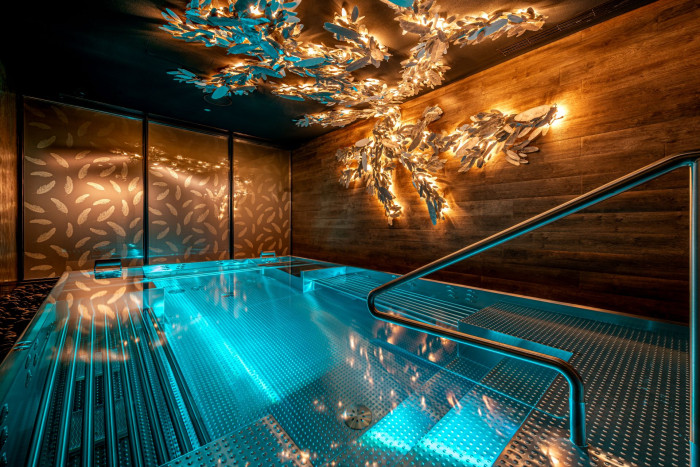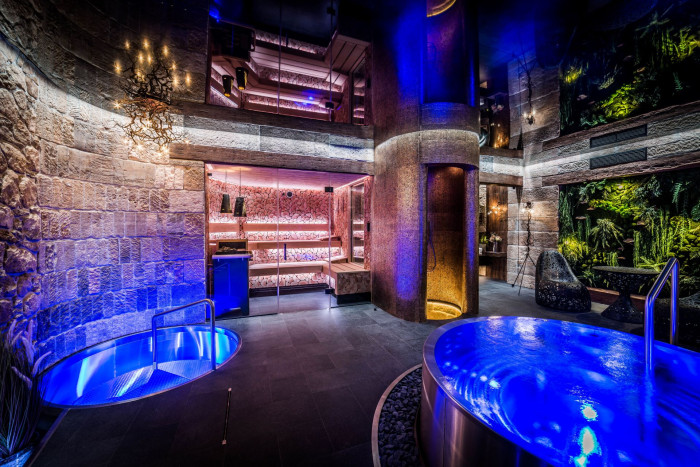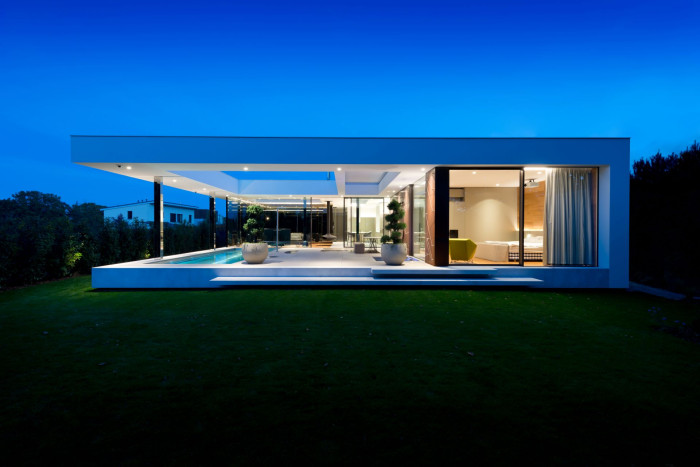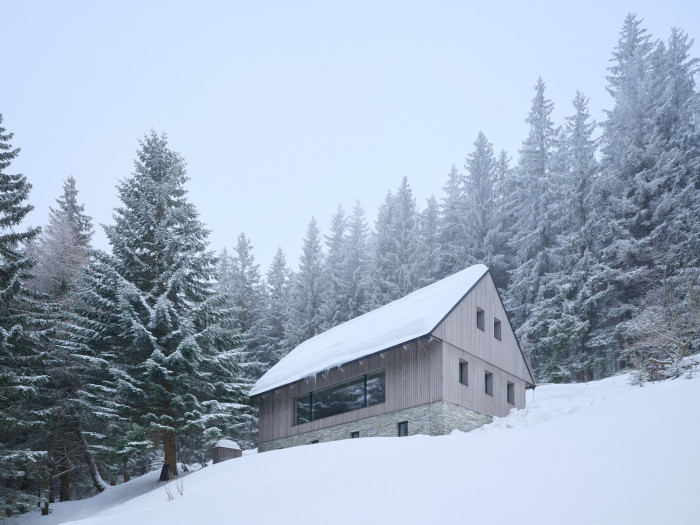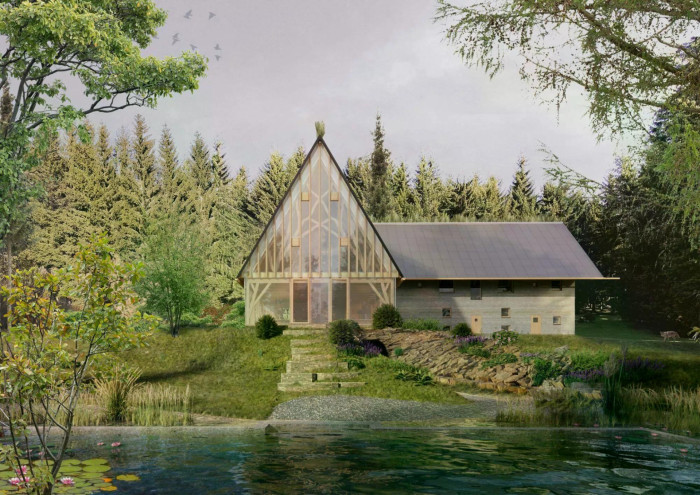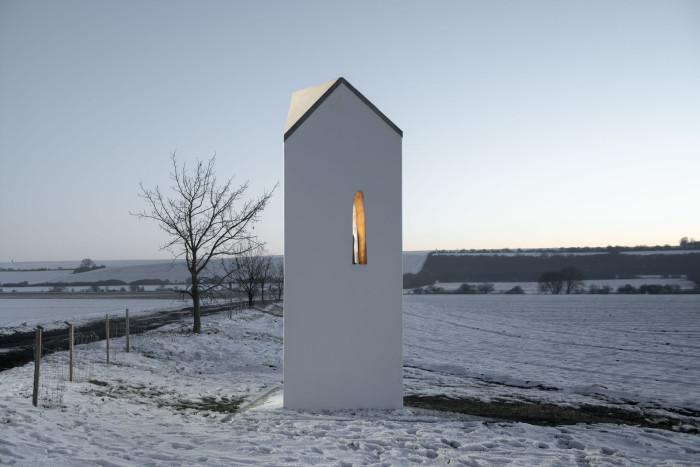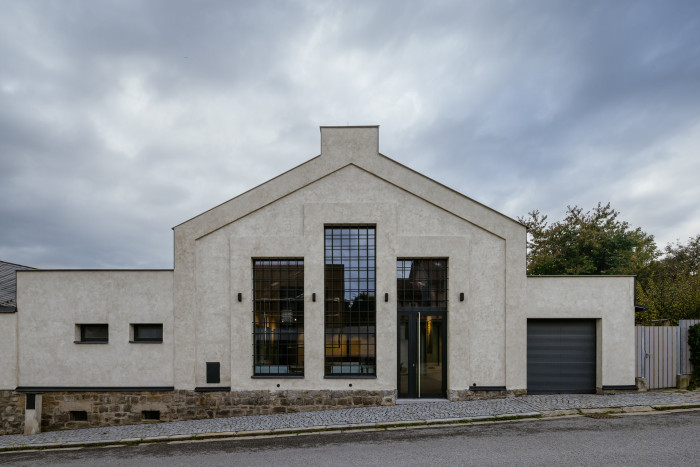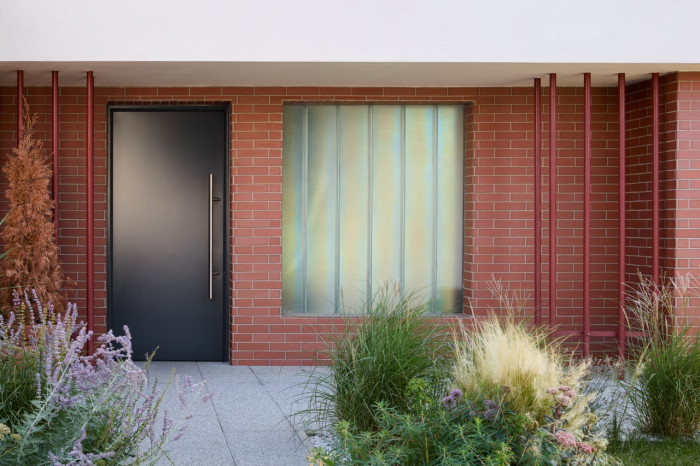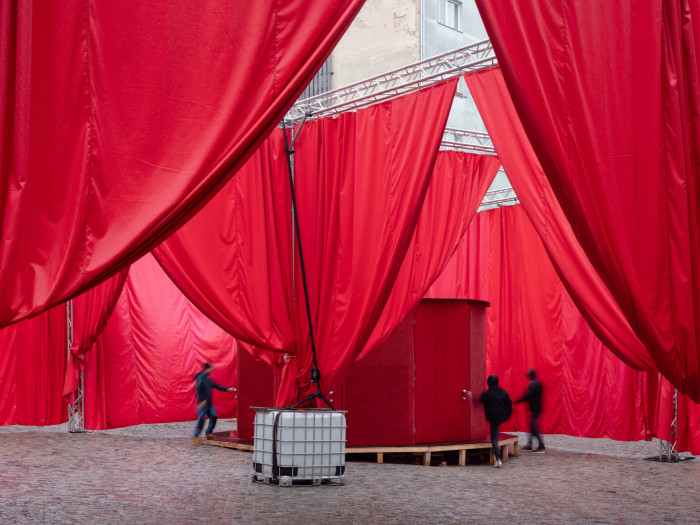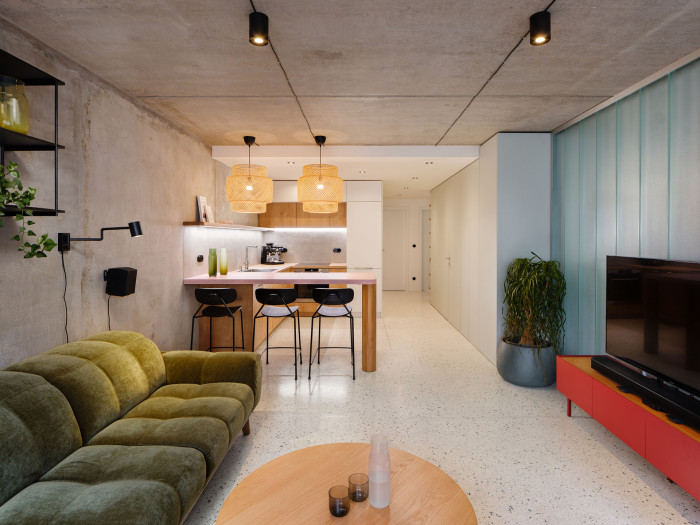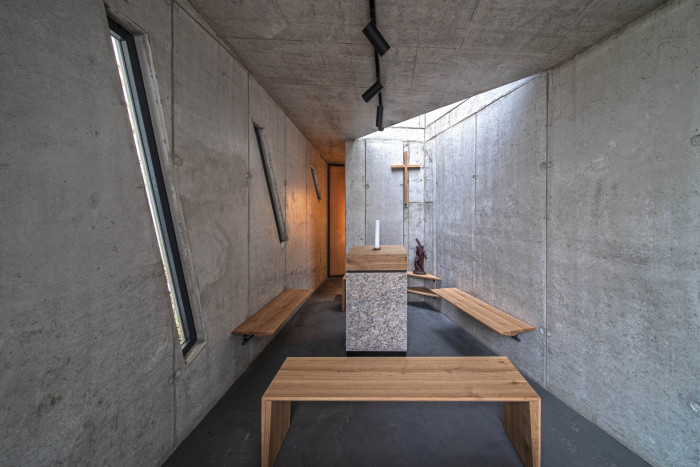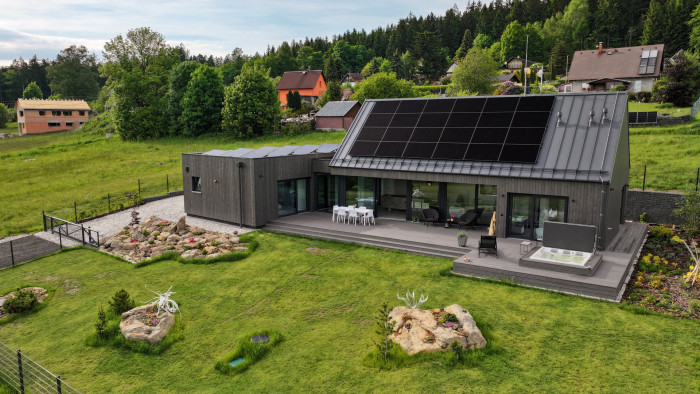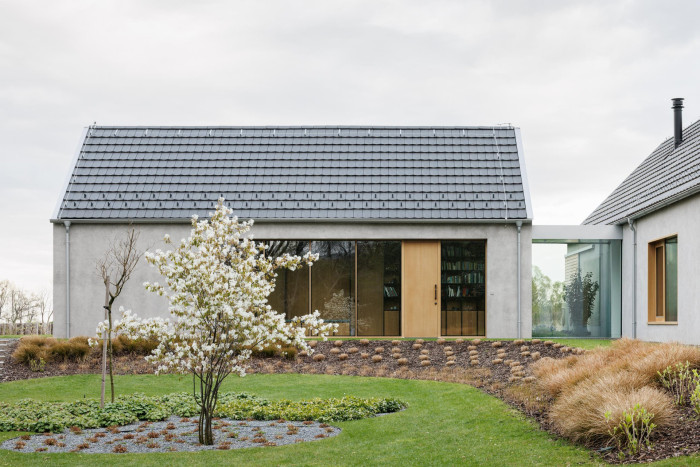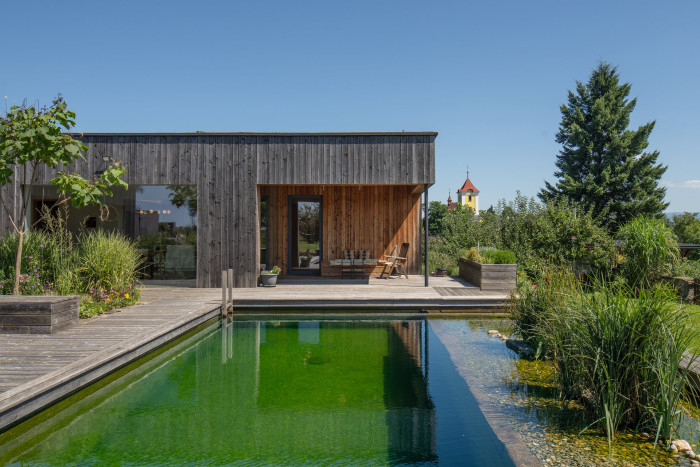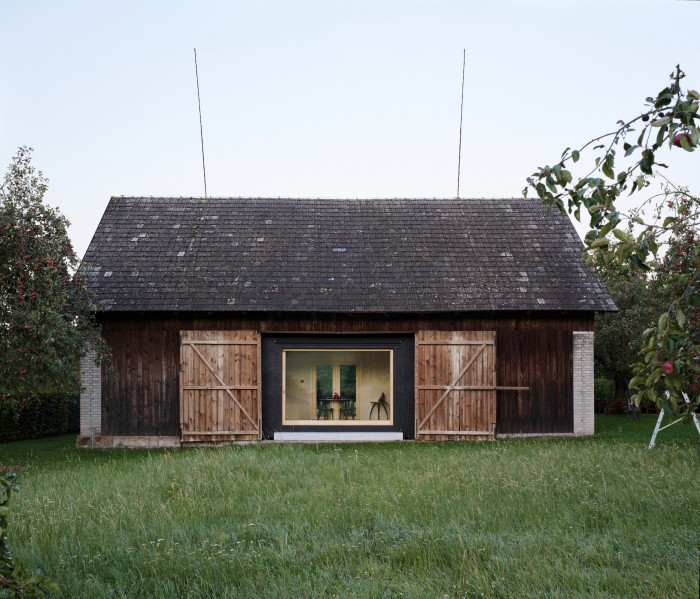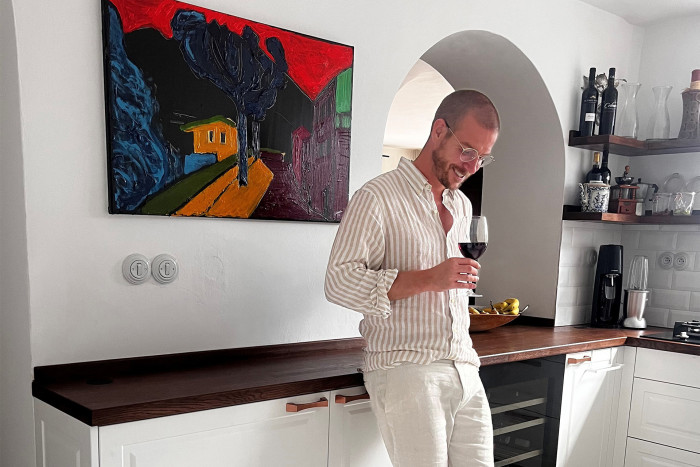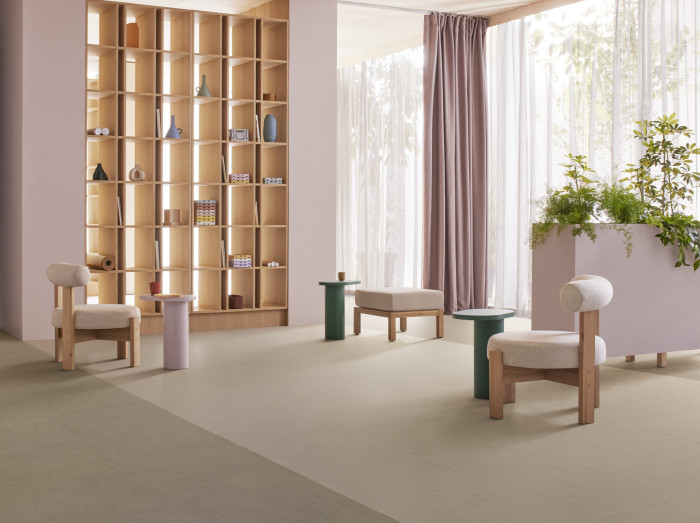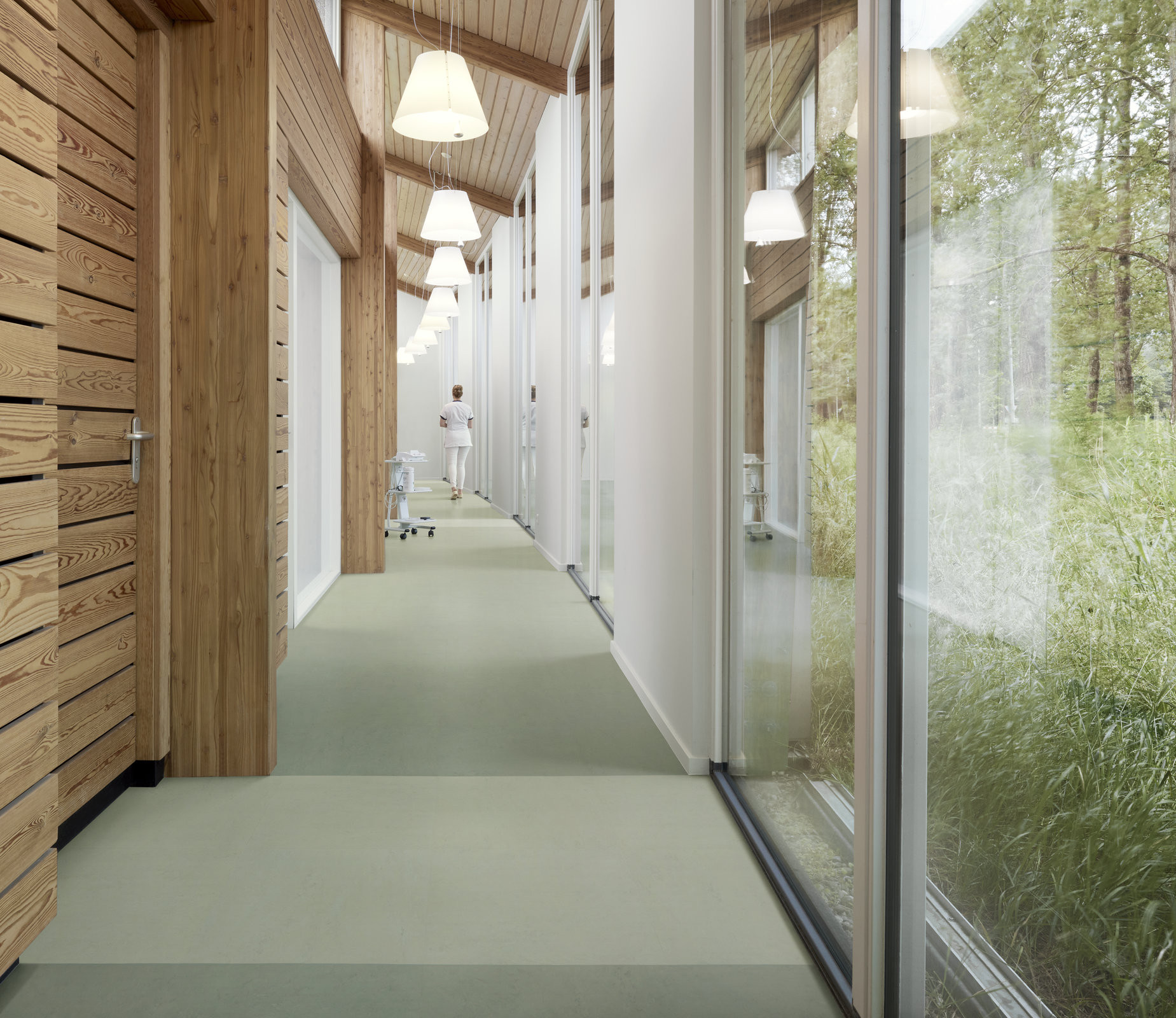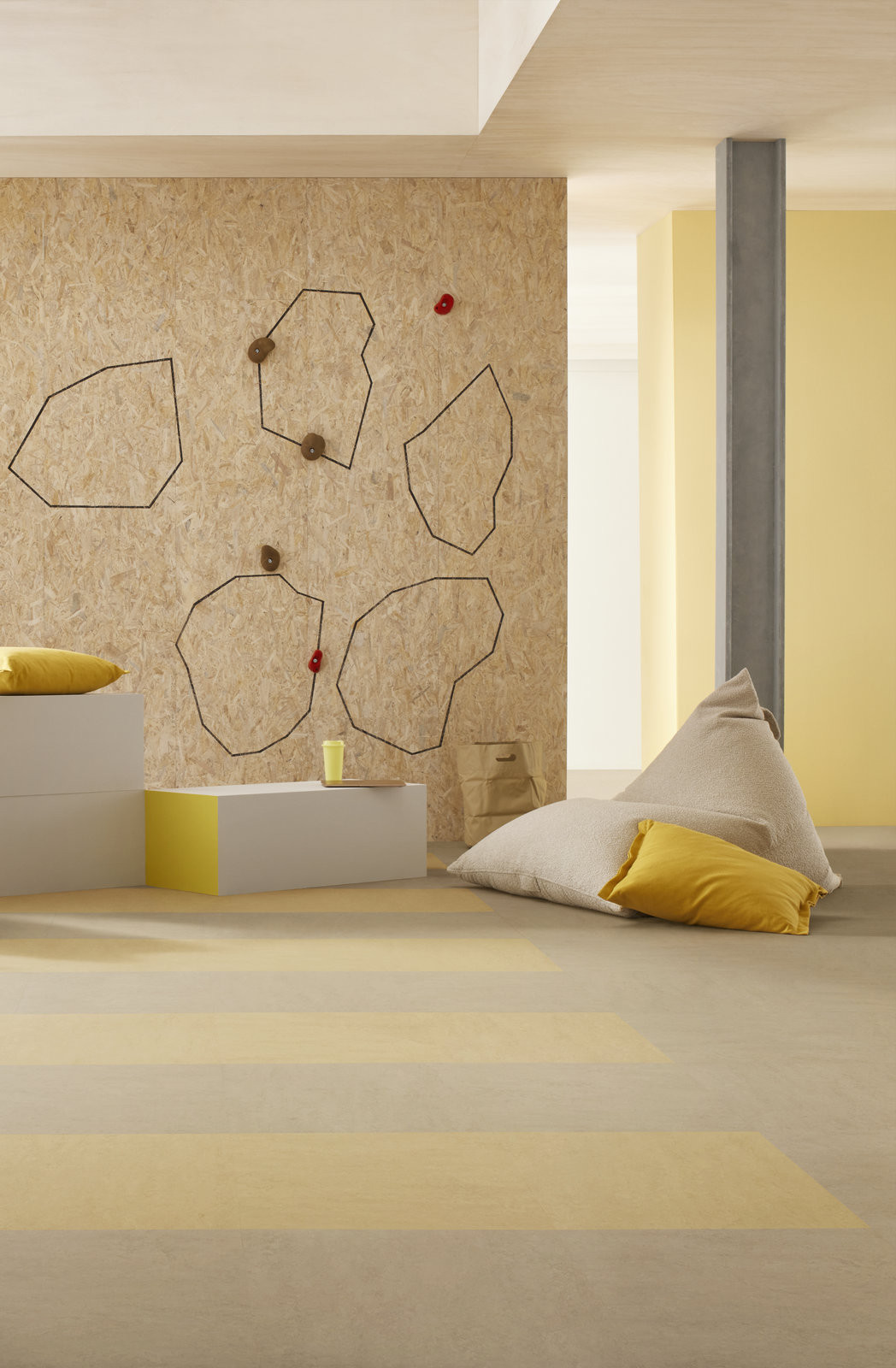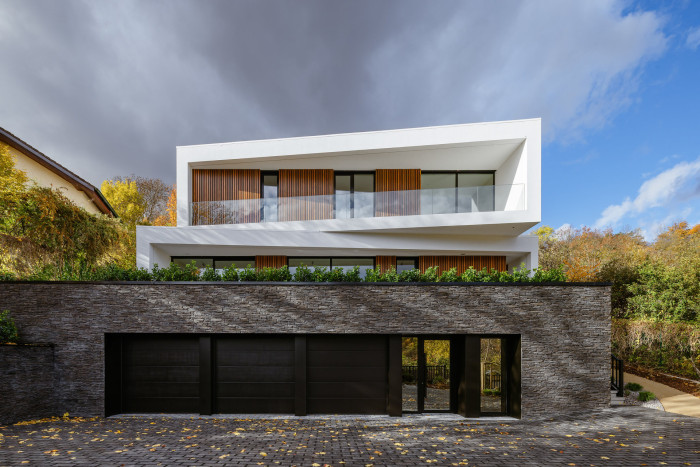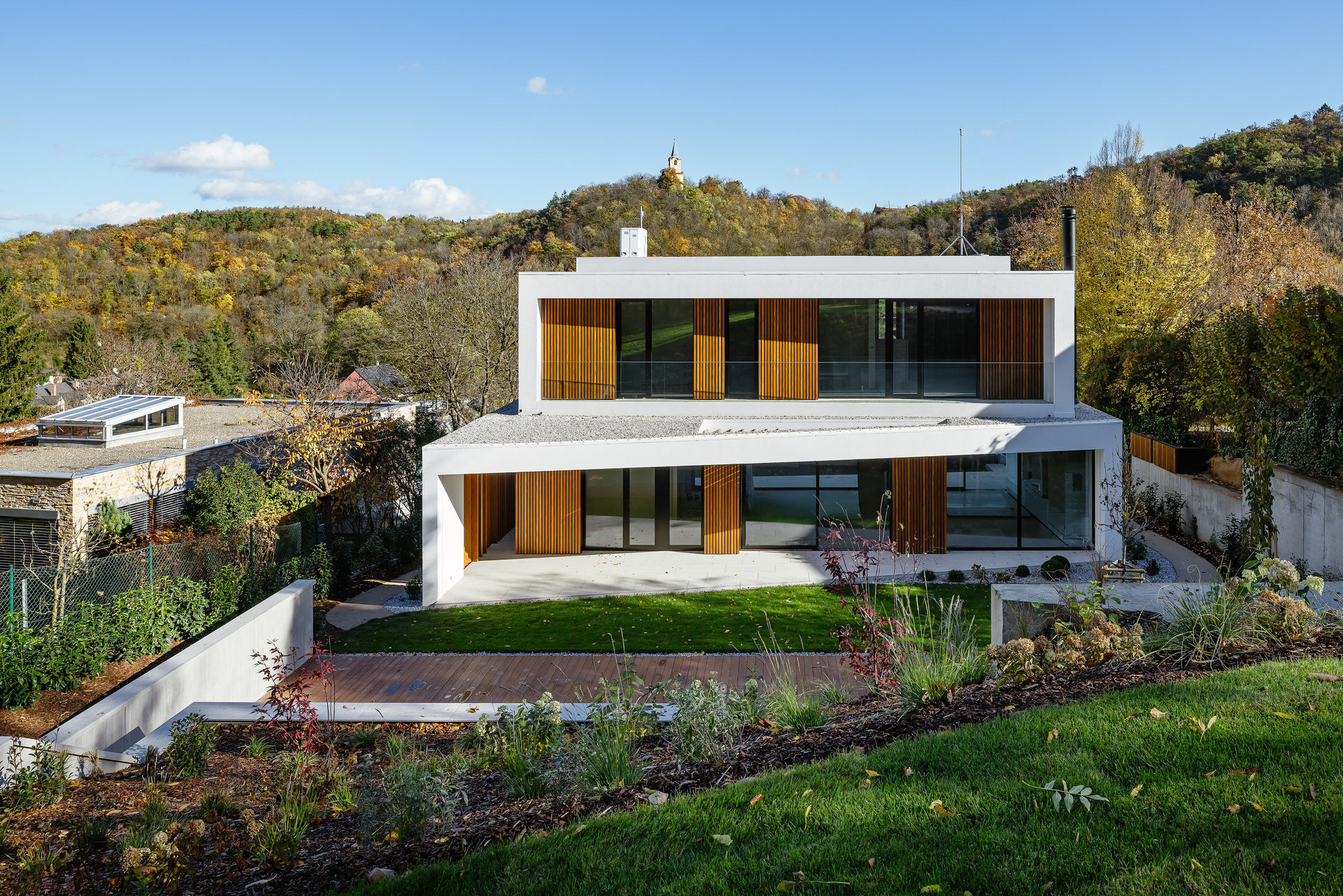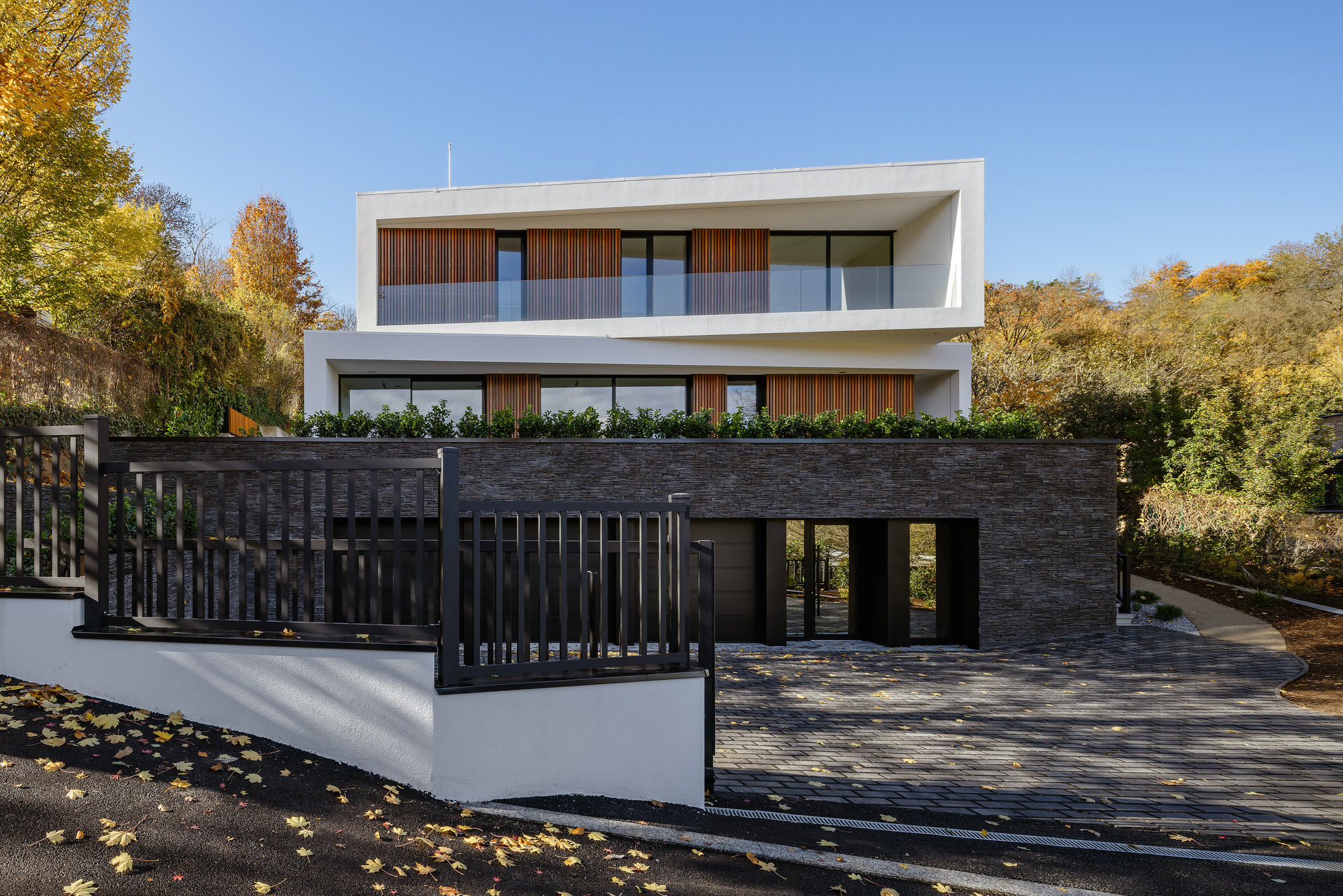Interview with Keith Dewey
Keith Dewey is one of the architecture visionarists and container architects. We asked him about two projects, which we already published.
Michal Čermák , 17. 3. 2010
Zigloo Domestique
How did you get the idea of building a house made of shipping containers?
I was introduced to “Container Architecture” through a magazine article in 2000 about Future Shack, a single 20ʼ container transformed into a mobile cabin. The idea had me considering the potential to further the my environmental aspirations and inspire others to change their perceptions of home.
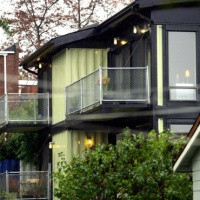
My wife was entirely supportive of the concept and is still a great source of encouragement. One of the most challangeing obsticles to “Container Architecture” is the public perception that contianers are dirty cast-off packages from our consumer culture. It is imparative for the pioneers of new ideas to make them palitable to the general public if they expect others to follow in their footsteps. We were concious of this and made choices that were sensable and attractive.
Did you have problems with the neighboures when they found out, that there would be built the container puzzle?
No. The neighbourhood we built in is one that is very supportive of environmental choices and eclectic aesthetics.
Was it hard to get the building permit? What kinds of difficulties you had to solve with byrocracy?
The local authorities were very supportive of green building technologies. Any minor challanges we incurred were easily overcome and the building process went smoothly.
What was the hardest task in designing the project?
Resolving the details that provided a weatherproof seal between the containers.
A lot of people say, that it is different live in a panel house, wood house, or brick house. What is the living in the container house like?
I am pleased to say that everyone that has toured the home comments on how comfortable and warm it is. Perhaps peoples expectations are that a steel building would be colder and harder than other houses.
How would you compare the cost of a brick house to container house? How much did cost the construction?
The typical cost of a house in British Columbia is between $150/sqft and $250/sqft. We attemped to build zigloo domestique with high quality, environmentally friendly, sustainable finishes and appliances while keeping the price tag as close to $150/sqft as possible. We counted up all the receipts when the project was complete, and came in at $180/sqft ... or a total of $380,000.00 (Canadian Dollars).
Did you have any cooperators or did you do all the work on the project by yourself?
I hired a contractor to head up his team of builders, and we approached the project like a large scale renovation. When the containers were moved onto the site, the bones of thehouse were in place and the builders were able to flush out the structure and finish it.
Gyre seascraper
Where did this idea come from? Did you have any inspiration?
The concept was the result of a brainstorm between a design team that considered the potential for people to gather in places other than on land.
Is it just a concept or did you try to sell it or find an investor?
The Gyre was a design concept that was entred into a skyscraper design competition in 2009.
Did you cooperate with some other proffesions such us structural engineers, material experts or biologists etc.? The team was made up of 3 people: Keith Dewey - www.zigloo.ca, Clayton Cowan - www.orangemodern.com, Robert Jackovina - concept schematics specialist
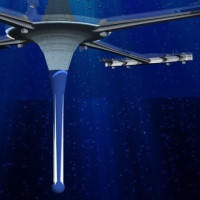
How would you solve sewages? The concept is for sustainable design, and I imagine hydroponic and nurseries would bennefit from a ready supply of manure.
There is kind of a port for a transatlantic ships. Do you count on a fuel tanks for them?
I imagine that marine fuel will have advanced to more sustainable alternatives by the time Gyre is created.
There are big waves in the ocean during the storms... How is Gyre resistant against them?
The extent of each arm has wave breakers on them to break the approaching waves and the connections between the arms and vortex would have to be flexible enough to absorb the remainder of the movement.
Do you have any calculation of the cost, designing the project and construction duration?
As this is a conceptual design, I leave it to others that have more experience in marine technologies and design to come up with a cost and time estimate.
Thank you Keith.
Michal Čermák
var _gaq = _gaq || []; _gaq.push(['_setAccount', 'UA-18103101-1']); _gaq.push(['_trackPageview']);
(function() { var ga = document.createElement('script'); ga.type = 'text/javascript'; ga.async = true; ga.src = ('https:' == document.location.protocol ? 'https://ssl' : 'http://www') + '.google-analytics.com/ga.js'; var s = document.getElementsByTagName('script')[0]; s.parentNode.insertBefore(ga, s); })();





